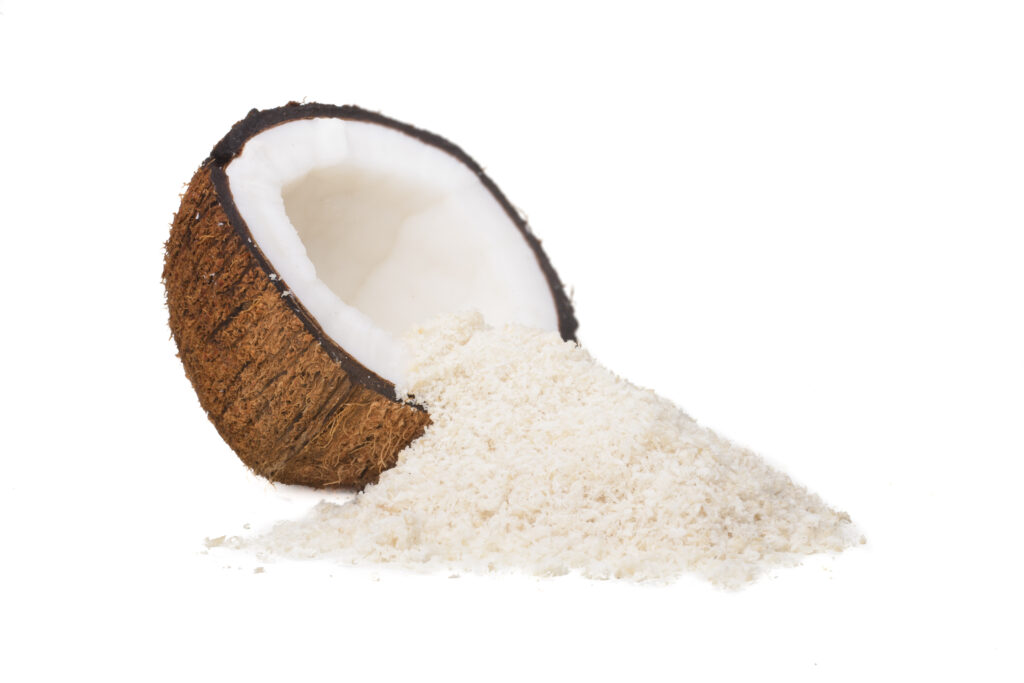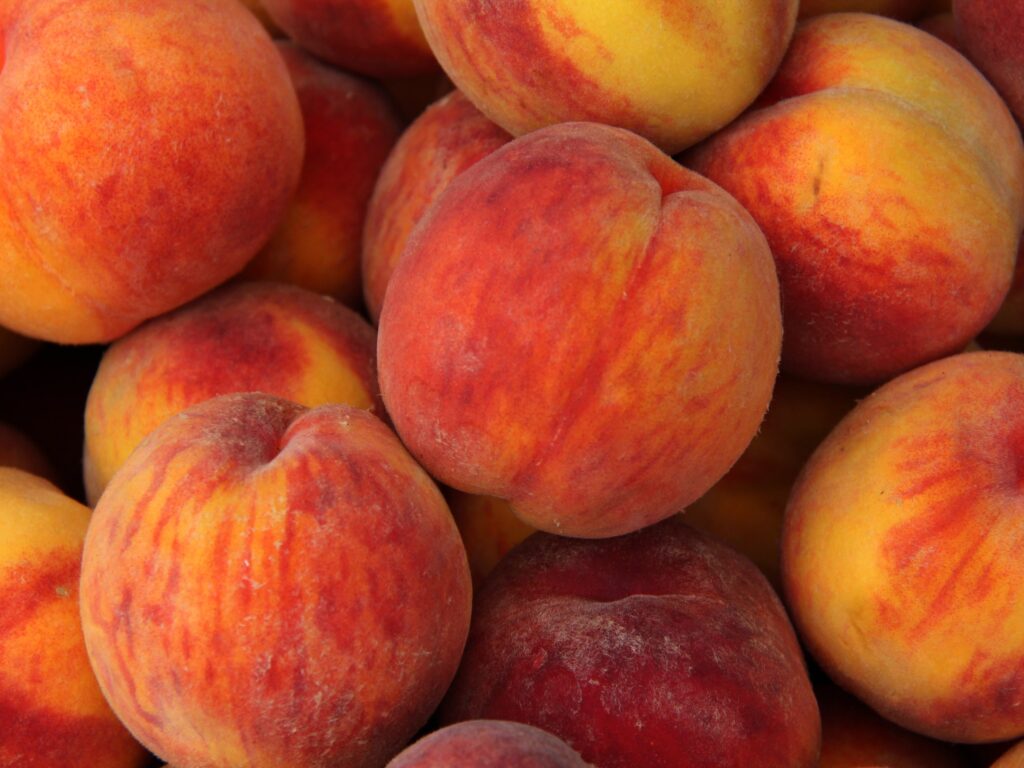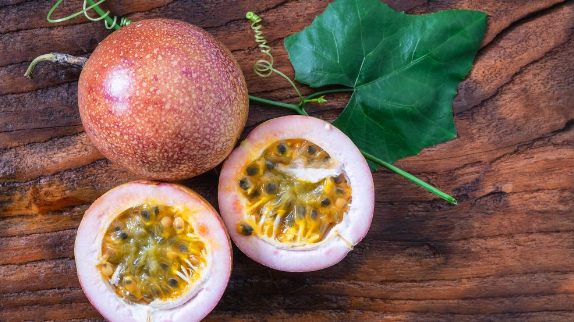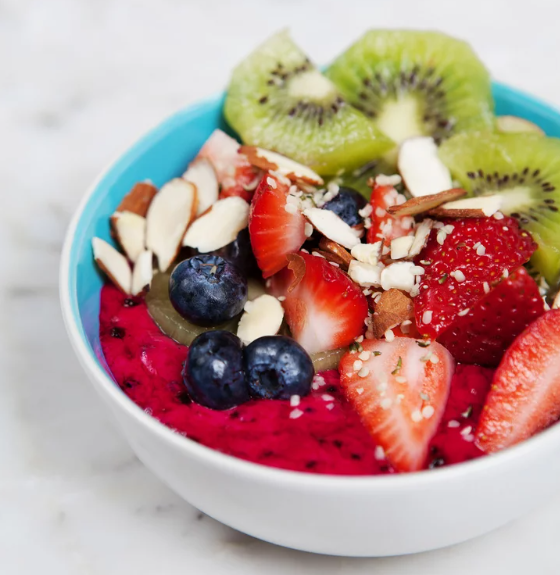Do you have diabetes, or do you know someone who does? Then you might wonder about the foods that are okay for managing blood sugar. Pears are tasty and sweet, but can people with diabetes enjoy them without risking their health? This article will look at what pears can offer, like their nutrition and benefits, and how they fit into a diet for diabetes.
Table of Contents
- Can People With Diabetes Eat Pears?
- Pear Nutrition Facts
- 1. Pears’ Fiber: Good for Blood Sugar
- 2. Sugars in Pears
- Why Pears Are Good for People With Diabetes
- 1. Glycemic Index and Load
- 2. Control Weight and Feel Full
- 3. Heart Health
- 4. Antioxidants and Lowering Inflammation
- 5. Gut Health
- How to Include Pears in a Diabetes Diet
- 1. Watch Your Portions and Check Blood Sugar
- 2. Pair Pears with Protein and Good Fats
- 3. Pick Ripe Pears
- 4. Eat Pears with Their Skin On
- Conclusion
Can People With Diabetes Eat Pears?
Pears are a good choice for people with diabetes. They have a low to medium score in the glycemic index (GI) and glycemic load (GL), which means they don’t make blood sugar rise too fast. They’re full of fiber, vitamins, and minerals that are great for your health. Eating one medium-sized pear with a meal can help keep blood sugar in check.
Pear Nutrition Facts
Pears are often linked with good health and are not just tasty but also loaded with important things that our bodies need. They come with lots of dietary fiber, and essential vitamins and minerals, making them a strong choice for a healthy diet.
1. Pears’ Fiber: Good for Blood Sugar
Fiber is important for managing blood sugar, and pears have lots of it. They have two kinds of fiber: soluble and insoluble. Soluble fiber makes it take longer for the body to break down and absorb carbs, helping avoid quick spikes in blood sugar. Insoluble fiber keeps digestion smooth, helps keep the gut healthy, and prevents constipation.
2. Sugars in Pears
People with diabetes must watch out for sugars in fruits. But pears don’t have as much sugar as some other fruits. Plus, the fiber in pears helps control how quickly blood sugar goes up, which makes them a better option.
Why Pears Are Good for People With Diabetes
Pears can be really good for those coping with diabetes. Let’s explore why adding this delicious fruit to your meals can be beneficial.
1. Glycemic Index and Load
The glycemic index (GI) tells us how much a food can raise blood sugar levels. Foods with a lower GI are better for people with diabetes because they don’t lead to rapid increases in blood sugar. Pears have a low to medium GI, so they’re less likely to make your blood sugar jump if you don’t eat too much.
2. Control Weight and Feel Full
Keeping a healthy weight is crucial when you have diabetes. Pears are not packed with calories but are high in fiber, which helps you feel full and satisfied. This can prevent eating too much, which is important for weight and blood sugar control.
3. Heart Health
Having diabetes means you have a higher chance of heart problems, so it’s important to keep your heart healthy. Pears come with potassium, which is good for your heart and helps control blood pressure. The fiber in pears can also lower ‘bad’ cholesterol, adding another boost for your heart.
4. Antioxidants and Lowering Inflammation
Pears are a source of antioxidants, like vitamin C and copper, which help fight off damaging free radicals and reduce swelling in the body. Since people with diabetes can be more at risk for these issues, eating pears could provide some protection.
5. Gut Health
The fiber in pears isn’t just good for digestion; it also helps create a healthy balance of bacteria in the gut. A well-balanced gut can lead to better insulin sensitivity, which helps with blood sugar control, and it supports your overall metabolism.
How to Include Pears in a Diabetes Diet
Eating pears can be enjoyable and good for you, but it’s important to do it the right way, particularly when you’re managing diabetes.
1. Watch Your Portions and Check Blood Sugar
Even though pears are healthy, it’s still best to eat them in moderation. Watch how they affect your blood sugar by checking your levels after eating them. Since everyone is different, work out how much pear is okay for you.
2. Pair Pears with Protein and Good Fats
To help stabilize your blood sugar even more, you could eat pears with proteins or healthy fats. You can spread almond butter on pear slices or add them to a salad with some lean chicken to slow down carb absorption and avoid big blood sugar changes.
3. Pick Ripe Pears
Choose pears that are ripe but not too mushy. Ripe pears have a higher GI than unripe ones, so try to find a good middle ground. You can buy firm pears and let them get ripe at home too.
4. Eat Pears with Their Skin On
Pear skin has a lot of fiber and antioxidants. If it’s okay with your diet or any allergies you have, you should eat the skin to get the most benefits from your pear.
Conclusion
Pears can be a helpful part of a diet for diabetes. With their low to medium GI, fiber, and nutrients, they’re a tasty and healthy choice. Pears can help manage blood sugar, support a healthy weight, improve heart and gut health, and protect with their antioxidants. Remember to eat them in the right amounts, check your blood sugar as needed, and balance them with other foods for the best diet plan.









